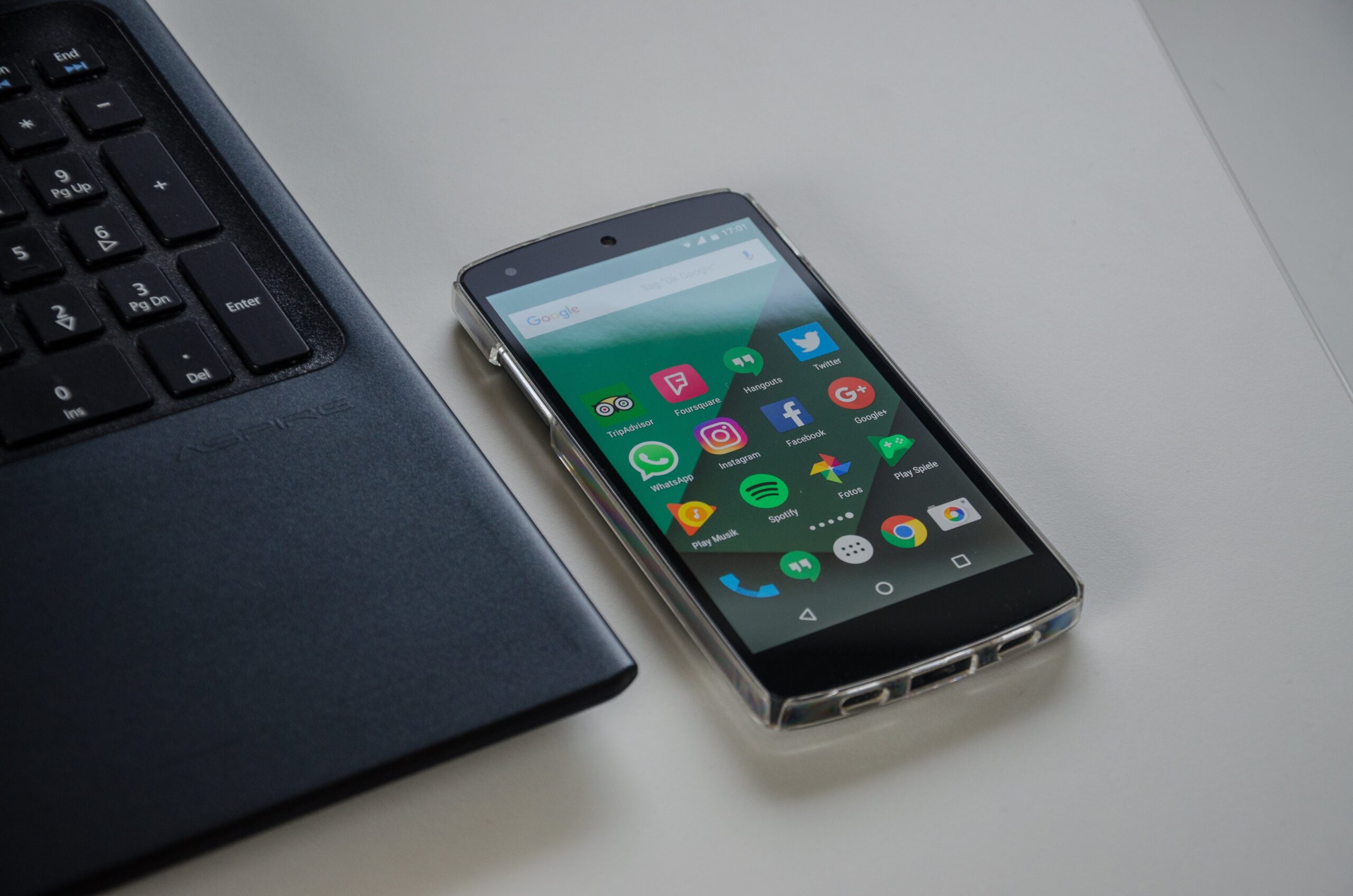With a few adjustments to the settings, you can improve your Android phones. In this way, you can extend the runtime a little, keep the home screen clean – and more.
Google’s Android offers a huge number of functions and settings that are not always optimally adjusted ex works. We have put together five tips for you that will help you noticeably improve your smartphone with little effort.
The settings should be found on every Android smartphone, regardless of whether it is a Pixel 8 Pro (test) , Galaxy S23 Ultra (test) , Nothing Phone 2 (test) or a model from another manufacturer. However, the names might differ slightly.
1. A pinch more runtime: Activates Dark Mode
With Android 10, Google had introduced Dark Mode or “Dark Theme”. This will darken light areas of the user interface. On the one hand, this tint is easy on the eyes, and on the other hand, it is also easy on the battery – at least if your smartphone has an AMOLED display. Google had investigated the energy-saving property of dark mode and explained it during a session of the Android Dev Summit in 2018.
You can usually find the corresponding setting in the quick settings, but also in the system settings under display or display (and brightness). Since the Pixel 6 models, Google has even enabled dark mode by default.
On some other smartphone models, from Samsung and Google, for example, you will find additional smart functions for longer device use: They are called “Adaptive Battery” and “Battery Optimization”, which Google introduced with Android 9.0 Pie. The functions learn how or when you use your smartphone, which apps you use, in order to optimize the apps and the energy expended.
Some devices have the functions located in the battery settings in a way that is easy to find. Others, like Samsung, hide them deep in the battery settings. The best way to find the feature is by searching for battery in System Preferences.
2. Tidy home screen
Unfortunately, this is common practice with many manufacturers: App icons are placed on the home screen when installing new applications. Especially when setting up a new phone, this can mean that the home screen suddenly looks like an icon forest and spans multiple screens. To prevent this from happening and the new apps only appear in the app drawer (if available), select the function “New apps for the home screen” or “Put app icons on the home screen” in the home screen settings. The description text of the feature may vary from manufacturer to manufacturer.
The corresponding setting opens by long-tapping on an empty spot on the home screen and selecting Settings or more. To bring new apps to the home screen in the future, select it in the app drawer and simply drag it there.
3. Less noise: Activates “Do not disturb”
Whether only at night, in certain situations or at fixed times of the day: Sometimes the beeping or warbling devices are simply annoying. To avoid annoying notifications in the middle of the night, for example, you can put your devices in Do Not Disturb mode either permanently or at times you specify.
On many smartphones, the function can be found under “Sound and vibration” or under “Notifications”. Depending on the manufacturer, you can choose from various options to mute the smartphone during bedtimes, for example. Exceptions for important contacts can also usually be set here.
If you usually have your smartphone within reach anyway and want to cause yourself and your fellow human beings less stress with noise: Simply mute the device completely and let the vibration mode alert you to calls and new messages. You can find this setting by pressing the volume rocker.
4. Throw bloatware and superfluous apps off your smartphone
For more storage space and more control over your data, it’s also recommended to take a look at the apps you have installed. This is because some manufacturers deliver their smartphones with many apps and games, which ultimately only clutter it up and sometimes even pose a security risk.
Therefore, our recommendation: Throw pre-installed apps like Booking.com, Lords Mobile, Clash of Clans and whatever they are called from your smartphone. Keep only the applications you really need and use. This also makes the device feel more like your own.
Extra: What about app permissions?
While you’re at it, take a look at the permissions of your installed apps. You can usually find them under Settings > Privacy > Permission Manager. Since Android 12, there is also a privacy dashboard that shows you when which app has accessed your location, microphone or camera, for example. From there, you can also manage the various app permissions.
5. Precautions for the worst case – “Find my Smartphone”
You should also be prepared in case of a loss. With Google’s “Find My Device” solution. On your smartphone, you can usually find the function under the security settings, ideally you use the search function of the settings.
If the lost smartphone is switched on and online, the location will be displayed on a map in the Android app or web platform. On the website, you can also trigger a five-minute ringing of the device remotely. You can also lock it, set up a note on the lock screen to share your contact information with the person who may have found it. If it was actually stolen from you, the device can be completely erased remotely via the platform.
